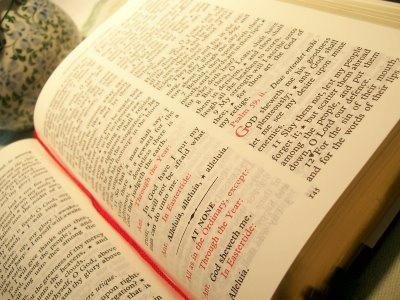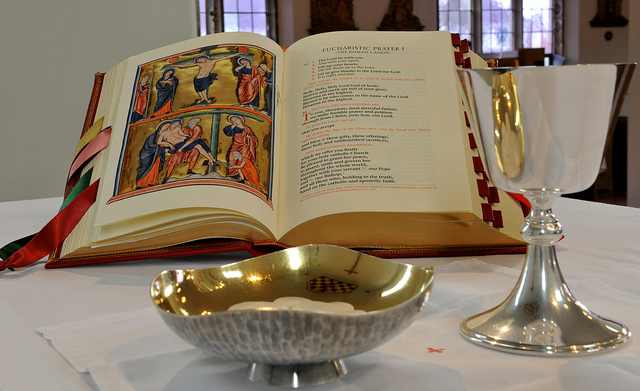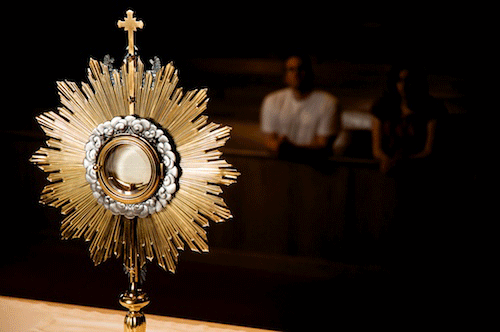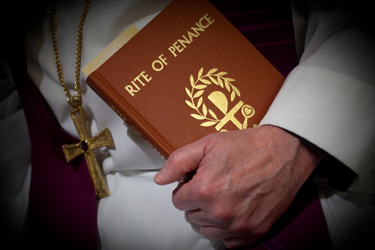Mass
Worship



Morning and Evening Prayer



Exposition of The Blessed Sacrament

The Sacrament of Reconciliation (Confession)

The Angelus
under the appearance of the consecrated host.
in the form bread. As a devotion, Eucharistic adoration and meditation are more than merely looking at the Blessed Host, but are believed to be a continuation of what was celebrated in the Eucharist.
In
Catholic teaching, the Sacrament of Penance is the method of the
Church by which individual men and women may confess sins committed
after baptism and have them absolved by a priest. Although it is not
mandatory, the Catholic rite is usually conducted within a
confessional box, booth or reconciliation room. This sacrament is
known by many names, including penance, reconciliation and
confession.
While
official Church publications always refer to the sacrament as
"Penance", "Reconciliation" or "Penance and
Reconciliation"
The Angelus (Latin for "angel") is a Christian devotion in memory of the incarnation. As with many Catholic prayers, the name Angelus is derived from its incipit (Incipit is a Latin word meaning "it begins". The incipit of a text is the first few words of its opening line ) Angelus Domini nuntiavit Mariæ ("The Angel of the Lord declared unto Mary...") and is practised by reciting as vesicle and response three Biblical verses describing the mystery; alternating with the salutation "Hail Mary!" The devotion was traditionally recited in Roman Catholic churches,
convents, and monasteries three times daily: 6:00 am, noon, and 6:00 pm (many churches still follow the devotion, and some practice it at home). The devotion is also used by some Anglican and Lutheran churches.
The
Angelus is usually accompanied by the ringing of the Angelus bell –
3,3,3,9 rings. Which is a call to prayer and to spread good-will to
everyone on Earth. The angel referred to in the prayer is Gabriela messenger of God who revealed
to
Mary
that
she would conceive
a child to be born the Son of God.
(Luke 1:26-38).





Eucharistic adoration is a practice in the Roman Catholic, Anglo-Catholic and Lutheran traditions, in which the Blessed Sacrament is exposed and adored by the faithful. Adoration is a sign of devotion to and worship of Jesus Christ who is believed by us to be present Body, Blood, Soul, and Divinity,
many laypeople continue to use the term "Confession" in reference to the Sacrament.
For the Church, the intent of this sacrament is to provide healing for the soul as well as to regain the grace of God, lost by sin. The Church teaches that sacramental confession requires three "acts" on the part of the penitent: contrition (sorrow of the soul for the sins committed), disclosure of the sins (the 'confession'), and satisfaction (the 'penance', i.e. doing something to make amends for the sins)
Exposition of the Blessed Sacrament with Benediction is celebrated occasionally. This service provides an opportunity for silent prayer and adoration of the real presence of Christ with us in the Blessed Sacrament.
The Sacrament of Reconciliation (Confession and Absolution) is available on Fridays after Evening Prayer or at any time, by appointment.
Angelus / Regina Caeli
9.00 am, [Noon], 6.00 pm – (or Regina Caeli in Eastertide) is rung daily before Morning Prayer and Evening Prayer, and at Noon when possible.